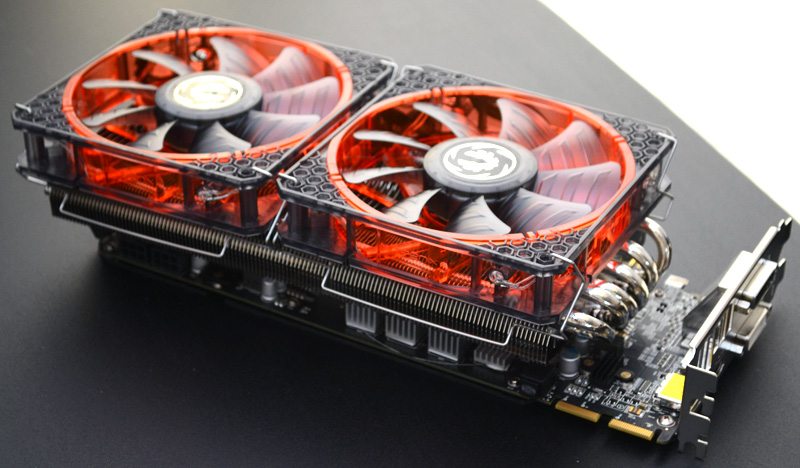Raijintek Morpheus GPU Cooler Review
Installation
Installation of the Morpheus is a simple enough process, this is partly thanks to the fact the Sapphire R9 270X can have its cooler removed via four screws, a welcome change from some of the more complicated stock cooler mounting systems I’ve dealt with in the past. Once the stock cooling block is removed, you can use the included adhesive pads to apply the VRM coolers, it’s also worth cleaning off the old thermal paste at this point and applying a fresh lot.

The GPU bracket arms are then screwed onto the coolers main block, this way you can turn your GPU over and simply screw it into place using the four included screws and washers. It’s often tricky installing a new GPU cooler, but so far this has been a pain-free and simple process.

At this point you may find that the location of the VRM heat sinks on your GPU conflict with the Morpheus, but Raijintek have included multiple sizes of VRM coolers to help solve this problem; worse case scenario is you’ll have to pull off one of the conflicting VRM blocks and stick on one of the smaller ones, simple.

Here you can see the GPU block is firmly screwed into place.

Now it’s simple a case of attaching our fans.


I’ve opted for a pair of BitFenix 120mm fans, these are popular fans and offer up decent performance at a reasonable price, as well as some cool aesthetics that I felt would look smart on a GPU.




As you can see, this has made the card four slots wide! So those hoping to cram the Morpheus into a compact mini-ITX chassis may want to revise their plans. I’m expecting a cooler of this scale to offer up some serious performance; otherwise it’s just a lot of wasted space.











My issue is that it’s just to thick. If i was building a completely passive gaming system, I would give it some consideration though